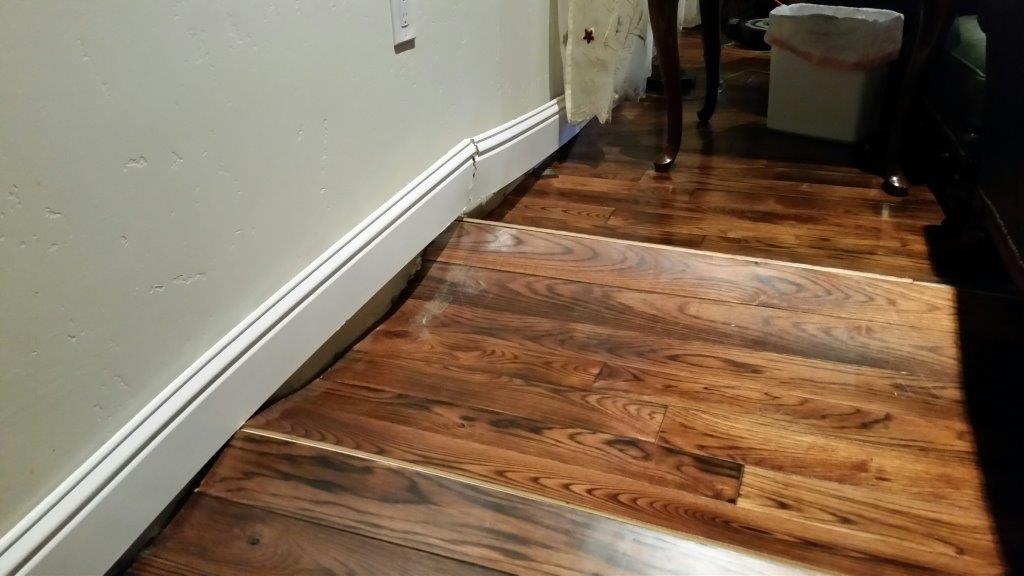6 Water Damage Reconstruction Do's and Don'ts.
6 Water Damage Reconstruction Do's and Don'ts.
Blog Article
Right here below you can discover additional excellent tips related to Reducing Your Risk Of Water And Fire Damage At Home.

Water offers life, water breach on components where it's not supposed to be can result in damage. If the water saturates right into your framework, it can peel away surface areas and also erode the structure. Mold and mold additionally flourish in a wet setting, which can be unsafe for your health and wellness. Houses with water damages odor old as well as mildewy.
Water can come from many resources such as hurricanes, floods, ruptured pipes, leakages, as well as drain concerns. In case you experience water damages, it would certainly be good to recognize some safety and security precautions. Here are a couple of guidelines on how to handle water damage.
Do Prioritize House Insurance Policy Insurance Coverage
Water damage from flooding because of hefty winds is seasonal. You can also experience a sudden flooding when a damaged pipe suddenly bursts into your home. It would certainly be best to have home insurance coverage that covers both disasters such as all-natural disasters, and also emergency situations like broken plumbing.
Do Not Forget to Shut Off Energies
In the event of a calamity, especially if you live in a flood-prone area, it would certainly be a good idea to shut off the major electric circuit. This cuts off power to your whole residence, avoiding electric shocks when water comes in as it is a conductor. In addition, do not forget to turn off the major water line shutoff. When floodwaters are high, furniture will certainly move and create damages. Having the primary shutoff shut down stops further damages.
Do Stay Proactive and Heed Climate Informs
Pay attention to discharge cautions if you live near a river, creek, or lake . Doing so lowers possible residential property damage.
Don't Neglect the Roof
Prior to the weather turns shocking, ensure you have a roofing assessment. It would certainly be prudent to get this service each year as it can alleviate complex issues. You can avoid rain damages if there are no openings as well as leakages in your roof covering. Your roofing professional will additionally deal with defective rain gutters or any other indications of weakening. This will prevent water from flowing down your wall surfaces and also soaking your ceiling.
Do Focus On Little Leakages
A burst pipeline does not occur over night. Typically, there are warnings that suggest you have actually damaged pipes in your home. For example, you may see bubbling paint, peeling wallpaper, water streaks, water spots, or trickling sounds behind the walls. At some point, this pipe will certainly burst. Ideally, you need to not wait on points to intensify. Have your plumbing fixed prior to it results in large damages.
Do Not Panic in Case of a Ruptured Pipe
Keeping your presence of mind is essential in a time of dilemma. Stressing will only compound the problem since it will suppress you from acting quick. Timing is key when it comes to water damage. The longer you wait, the even more damages you can anticipate. Thus, if a pipeline bursts in your house, quickly turned off your primary water shutoff to cut off the source. After that disconnect all electric outlets in the location or switch off the circuit breaker for that part of the house. Call a trustworthy water damage remediation expert for aid.
Water gives life, water invasion on parts where it's not meant to be can result in damages. Residences with water damage odor stuffy and also old.
Water damage from flood dues to heavy winds is seasonal. You might observe gurgling paint, peeling off wallpaper, water streaks, water spots, or trickling audios behind the walls. When it comes to water damages, timing is key.
Some Do's & Don't When Dealing with a Water Damage
DO:
Make sure the water source has been eliminated. Contact a plumber if needed. Turn off circuit breakers supplying electricity to wet areas and unplug any electronics that are on wet carpet or surfaces Remove small furniture items Remove as much excess water as possible by mopping or blotting; Use WHITE towels to blot wet carpeting Wipe water from wooden furniture after removing anything on it Remove and prop up wet upholstery cushions for even drying (check for any bleeding) Pin up curtains or furniture skirts if needed Place aluminum foil, saucers or wood blocks between furniture legs and wet carpet Turn on air conditioning for maximum drying in winter and open windows in the summer Open any drawers and cabinets affected for complete drying but do not force them open Remove any valuable art objects or paintings to a safe, dry place Open any suitcases or luggage that may have been affected to dry, preferably in sunlight Hang any fur or leather goods to dry at room temperature Punch small holes in sagging ceilings to relieve trapped water (don't forget to place pans beneath!); however, if the ceiling is sagging extremely low, stay out of the room and we'll take care of it DO NOT:
Leave wet fabrics in place; dry them as soon as possible Leave books, magazines or any other colored items on wet carpets or floor Use your household vacuum to remove water Use TV's or other electronics/appliances while standing on wet carpets or floors; especially not on wet concrete floors Turn on ceiling fixtures if the ceiling is wet Turn your heat up, unless instructed otherwise

Do you enjoy reading about Preventing Fires and Water Damage In Your Home? Leave a remark below. We'd be delighted to listen to your feelings about this write up. Hoping to see you back again in the near future. Sharing is good. Helping people is fun. Thank you for taking the time to read it.
Report this page